Trachoma gallery
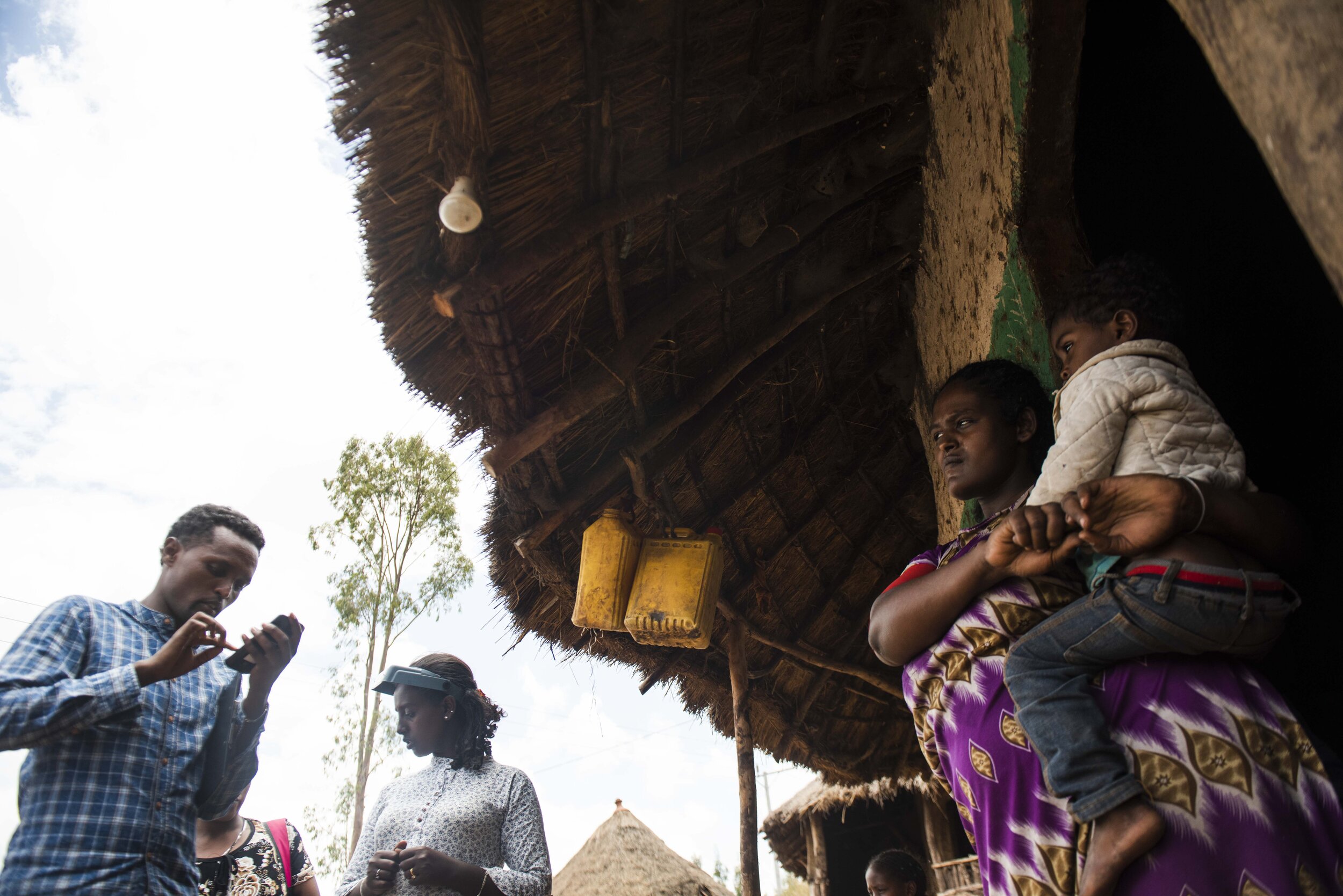
The RTI Trachoma impact survey team conducts surveys in the Kofto Kebele community in order to both collect data as well as diagnose, treat and inform about prevention. Trachoma, a neglected tropical diseases (NTDs), is the leading cause of infectious blindness according to the World Health Organization (WHO). Approximately 38% of the global population at risk for trachoma live in Ethiopia, making it one of the most endemic countries in the world.
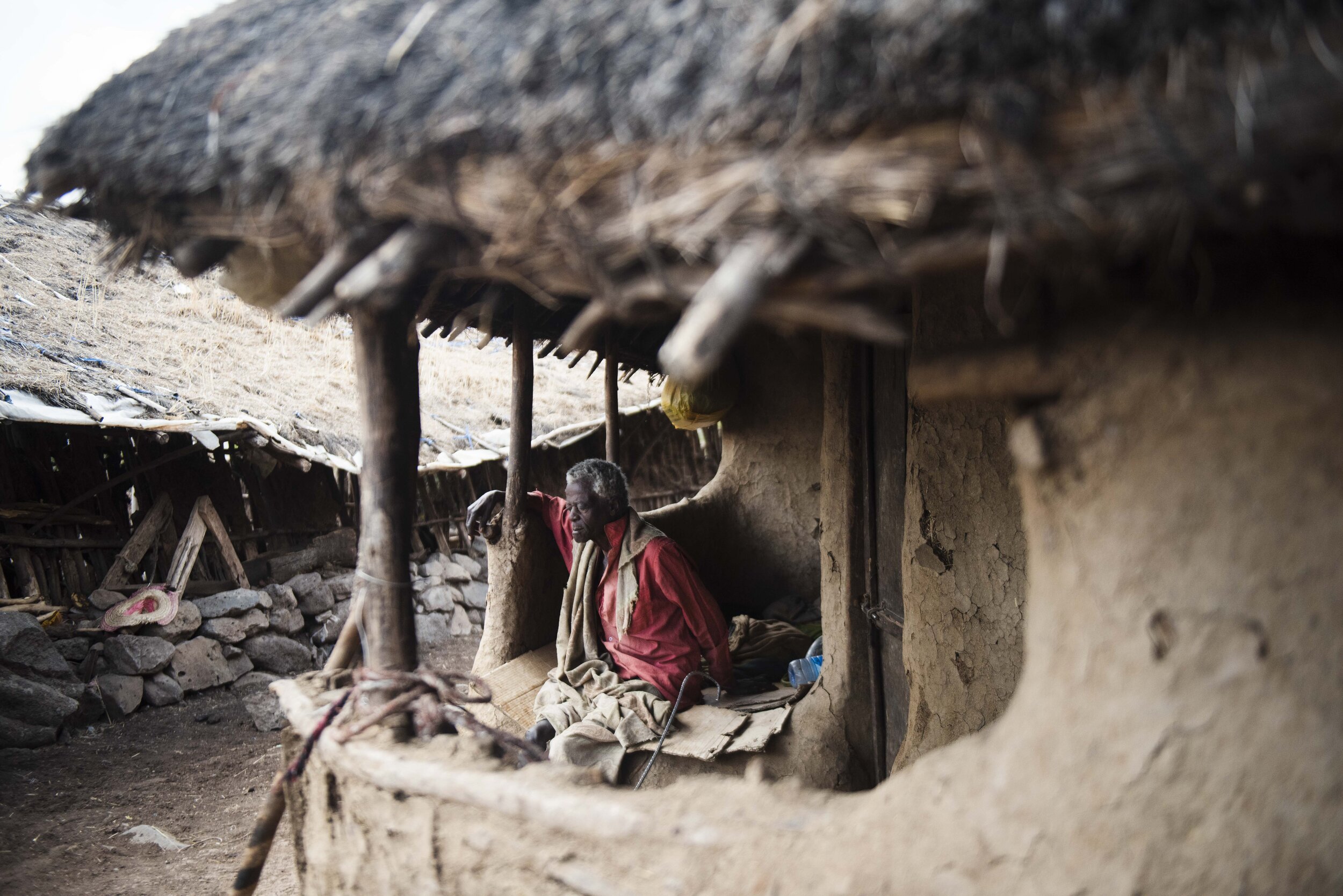
A blind man from Kofto Kebele, Ethiopia waits for members of the RTI Trachoma Impact Survey team to assist him.
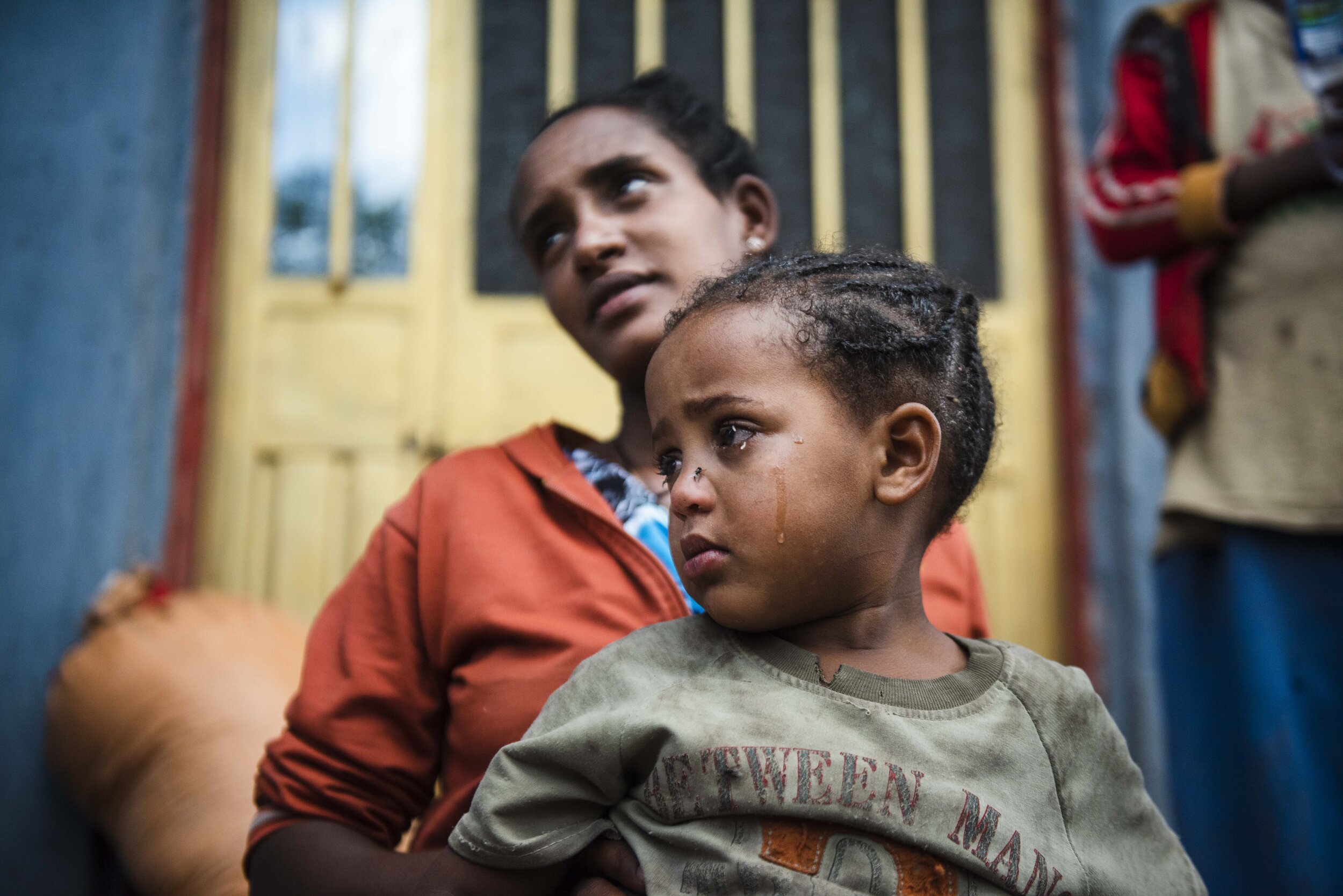
A woman in Kofto Kebele, Ethiopia holds her child while the RTI Trachoma Impact Survey team conducts surveys in the community to collect data as well as to diagnose, treat and provide prevention information.
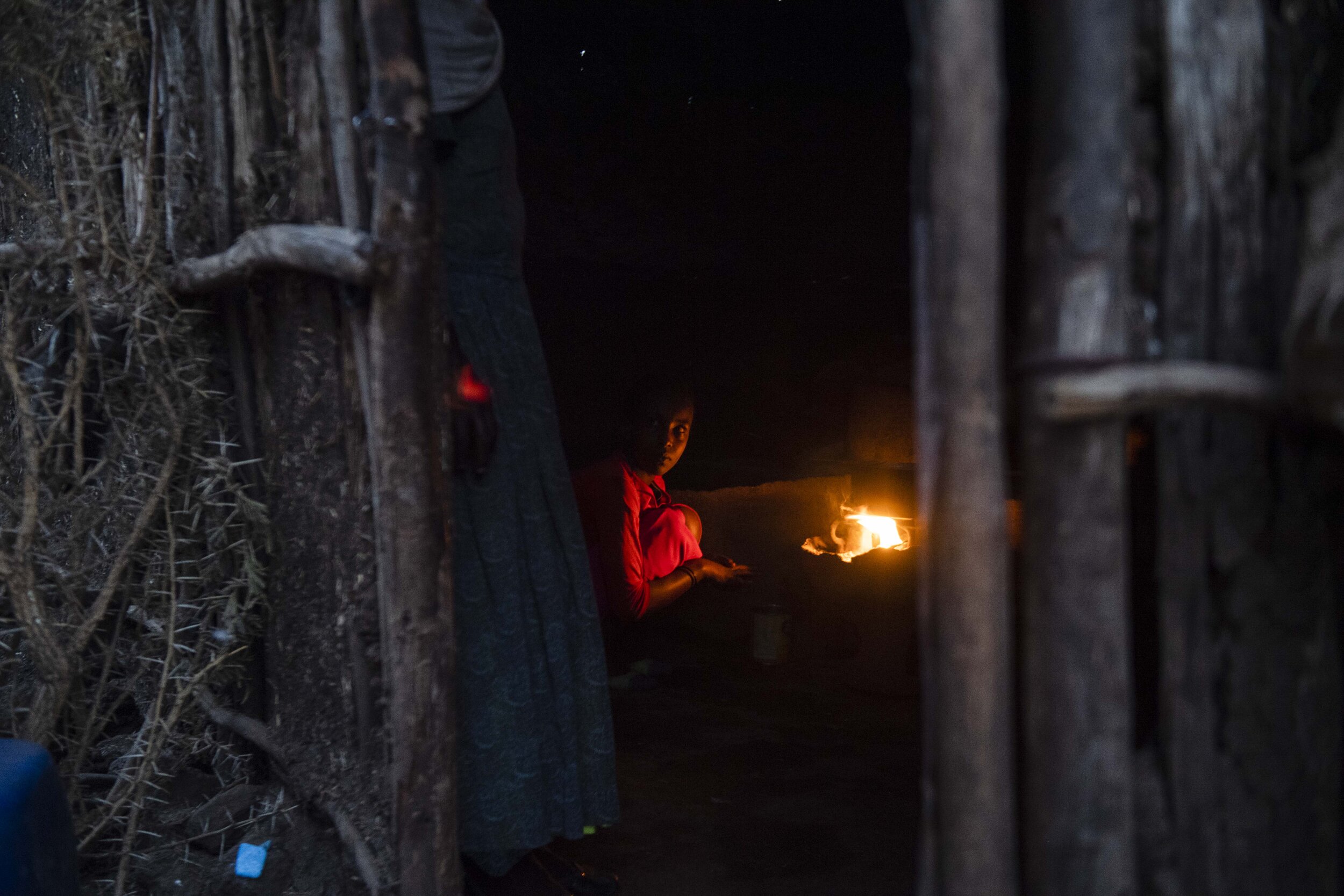
Asnaku Tufa, a resident of the Dire Korchachie Community in Shoki Kebele, Ethiopia, began feeling pain in her eyes two years ago. She could not afford to have her eyes checked and was fearful she was suffering from the same condition as her mother, whom had Trachoma. When the opportunity came to get her eyes checked at a nearby clinic, Asnaku and her family went to get tested for the disease. Asnaku’s daughter aids with cooking a meal for the family.
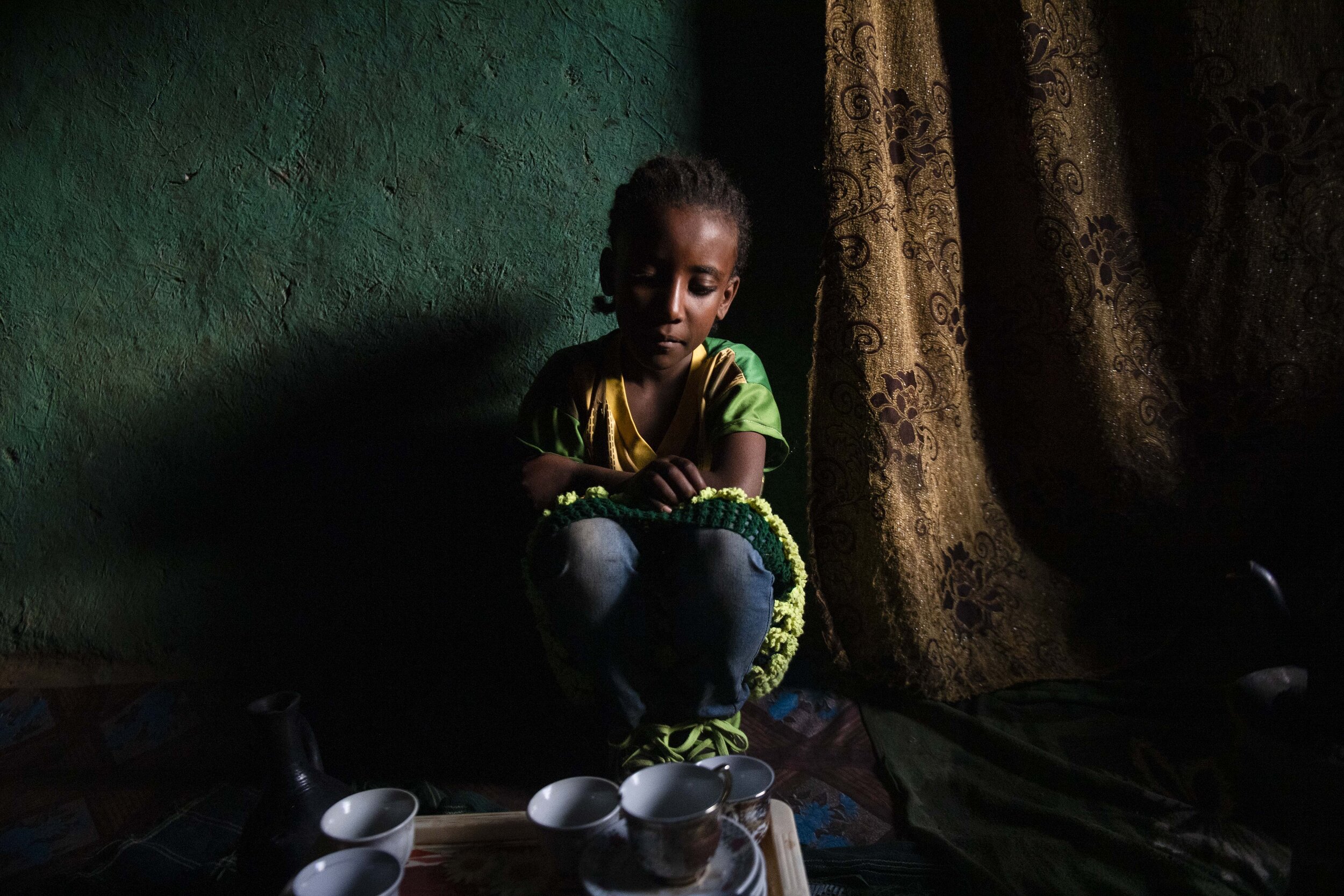
Asnaku Tufa’s youngest daughter helps prepare coffee. As a child, Asnaku would watch as her mother epilated her lashes to relieve the pain from the Neglected Tropical Disease, Trachoma, which causes the turning in of eye lashes.
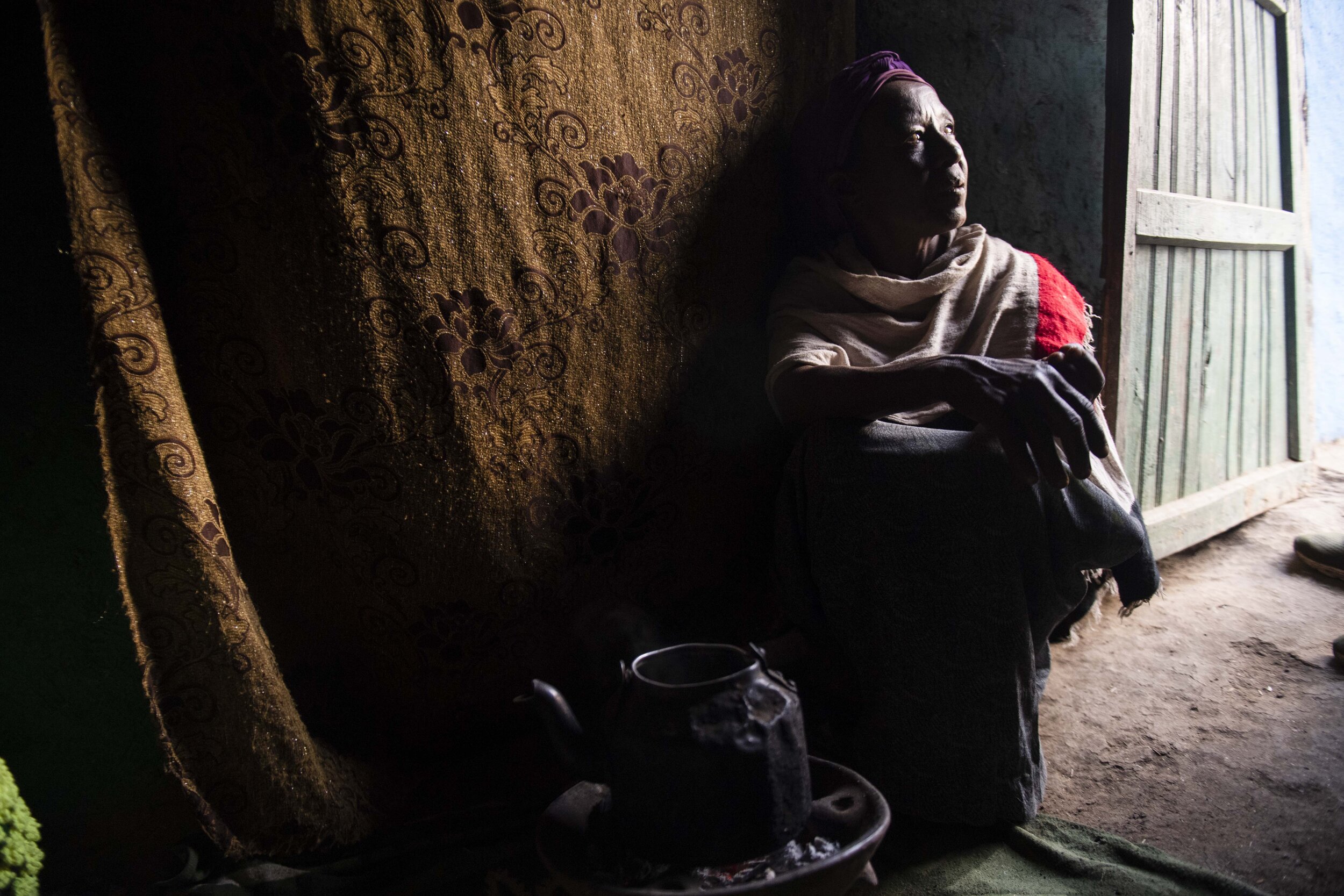
Asnaku Tufa’s mother-in-law sits inside the family home while coffee is being prepared.
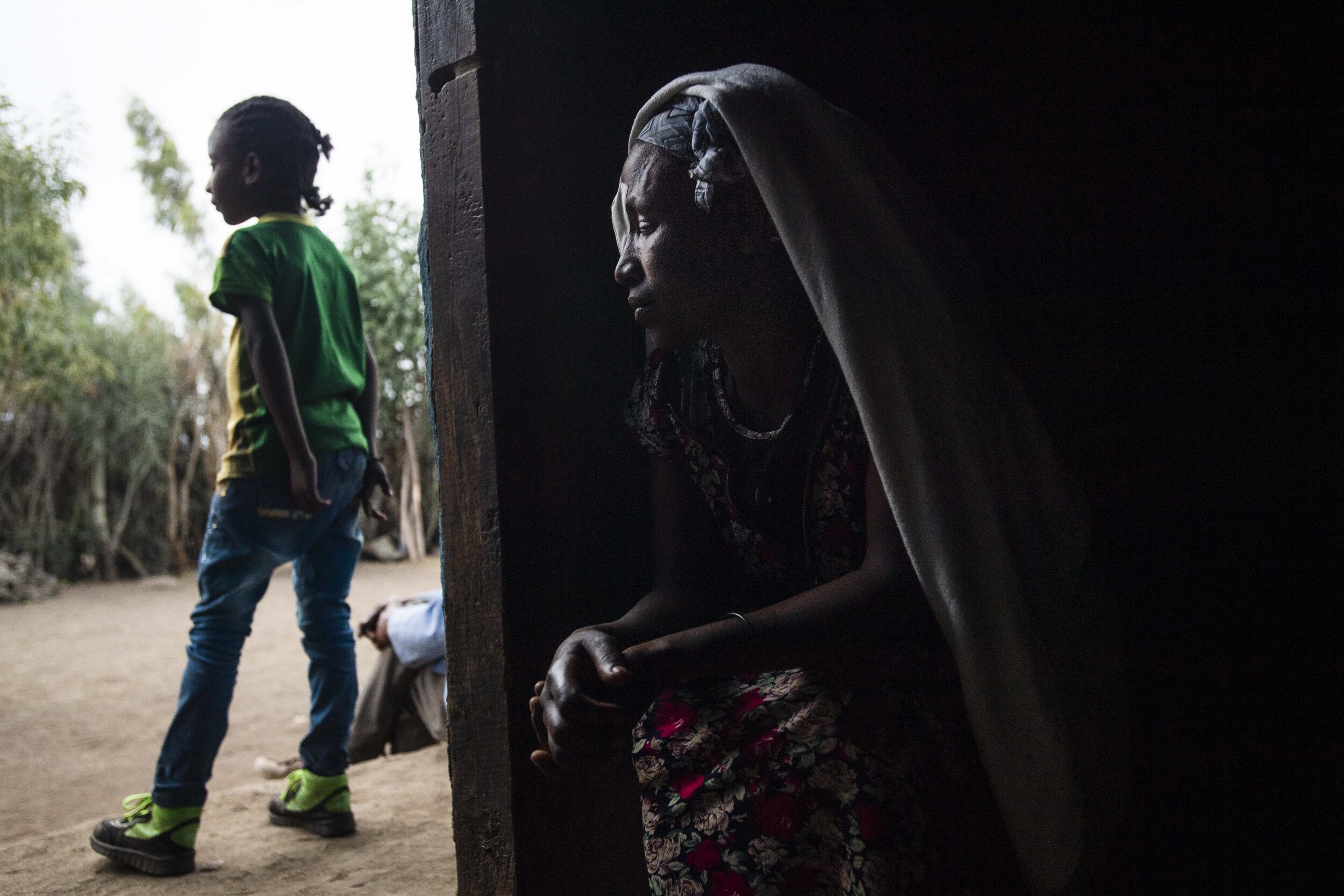
In March of 2019, Asnaku Tufa learned that the Dire Primary Health Care Unit was offering a free Trachomatous Trichiasis (TT) screening. She chose to take advantage of this opportunity with both her husband and daughter.
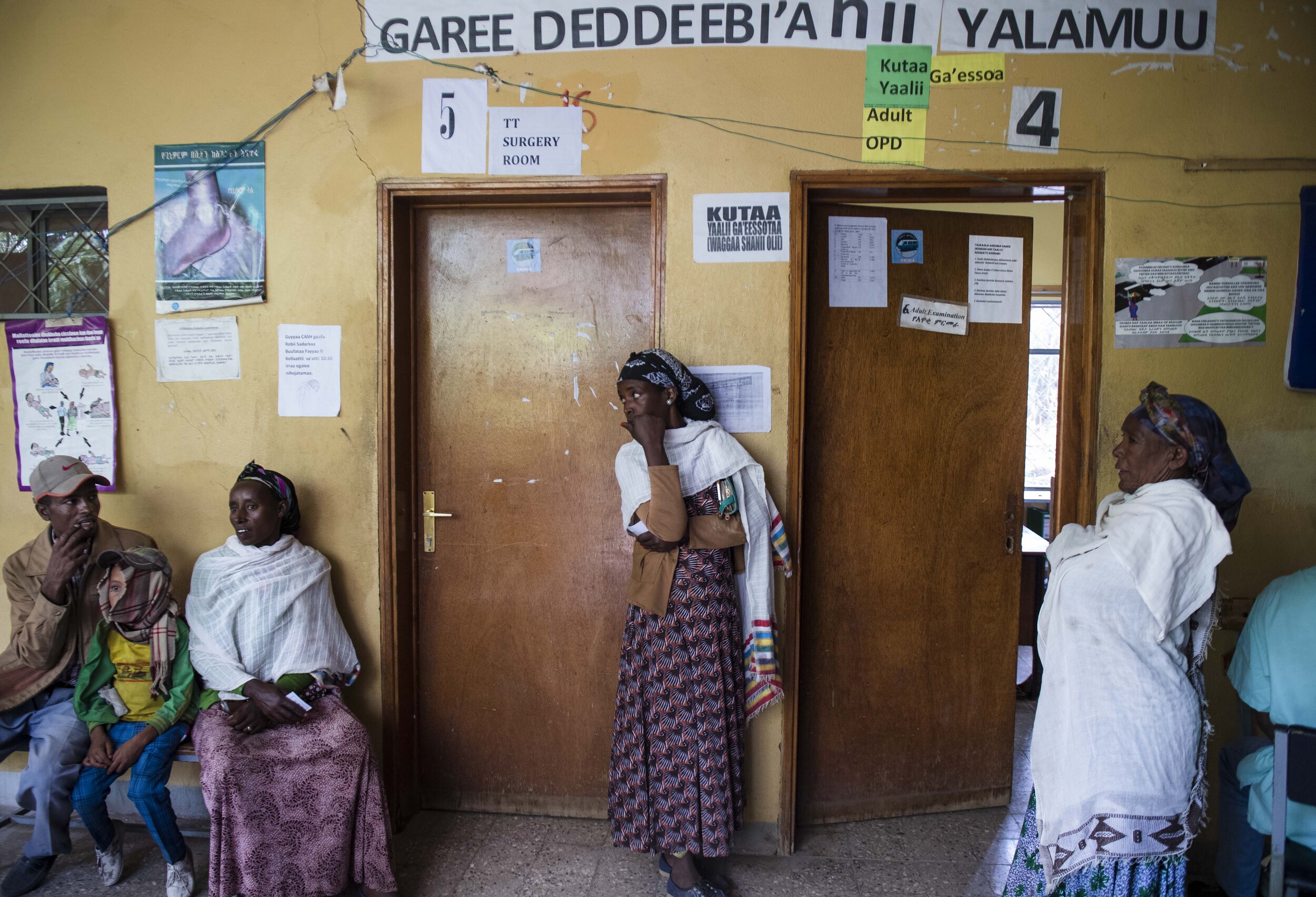
Groups wait to be checked at the center.
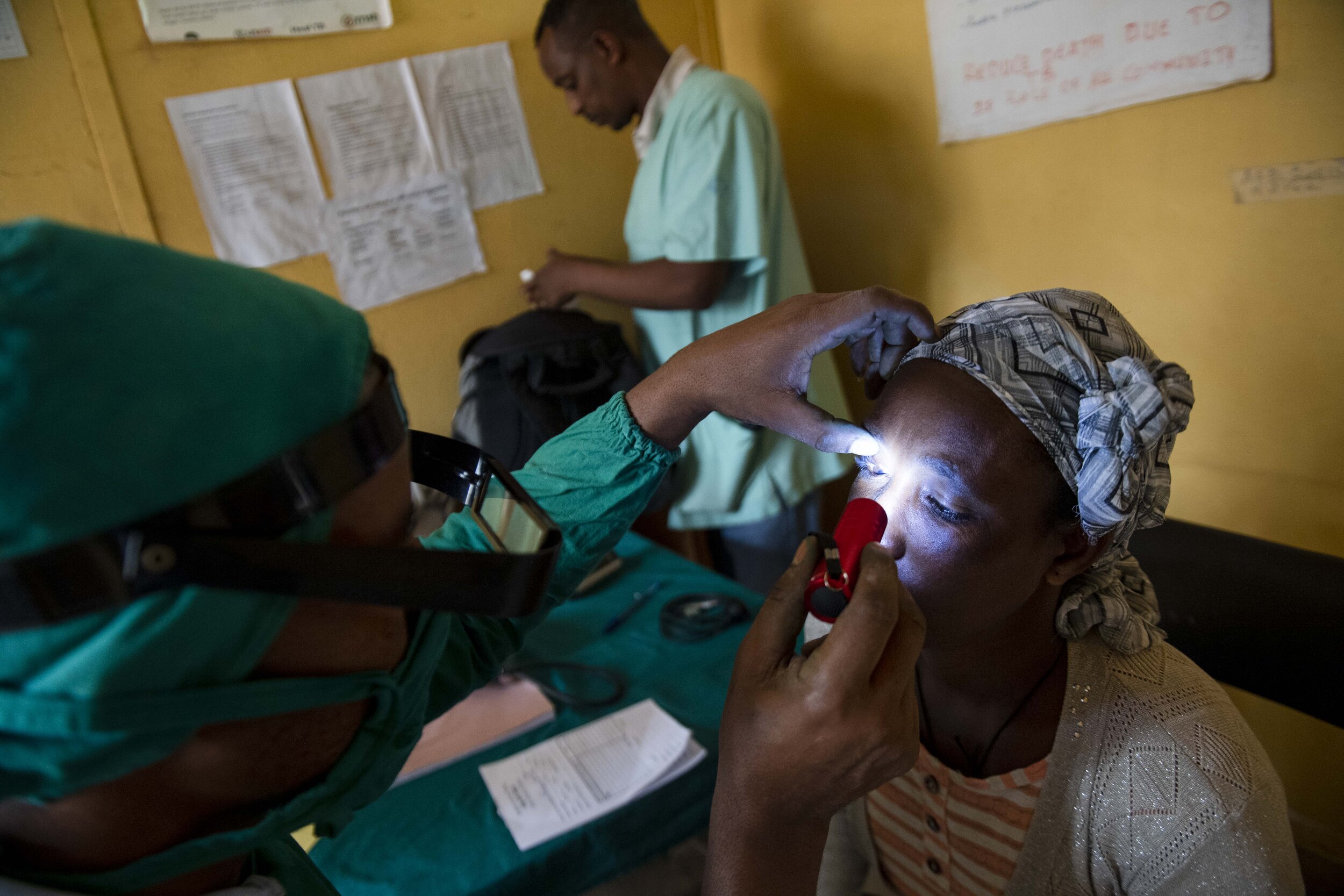
A doctor checks Asnaku Tufa’s eyes for Trachomatous Trichiasis (TT) during a free screening at the Dire Primary Health Care Unit. She tested positive for the disease.
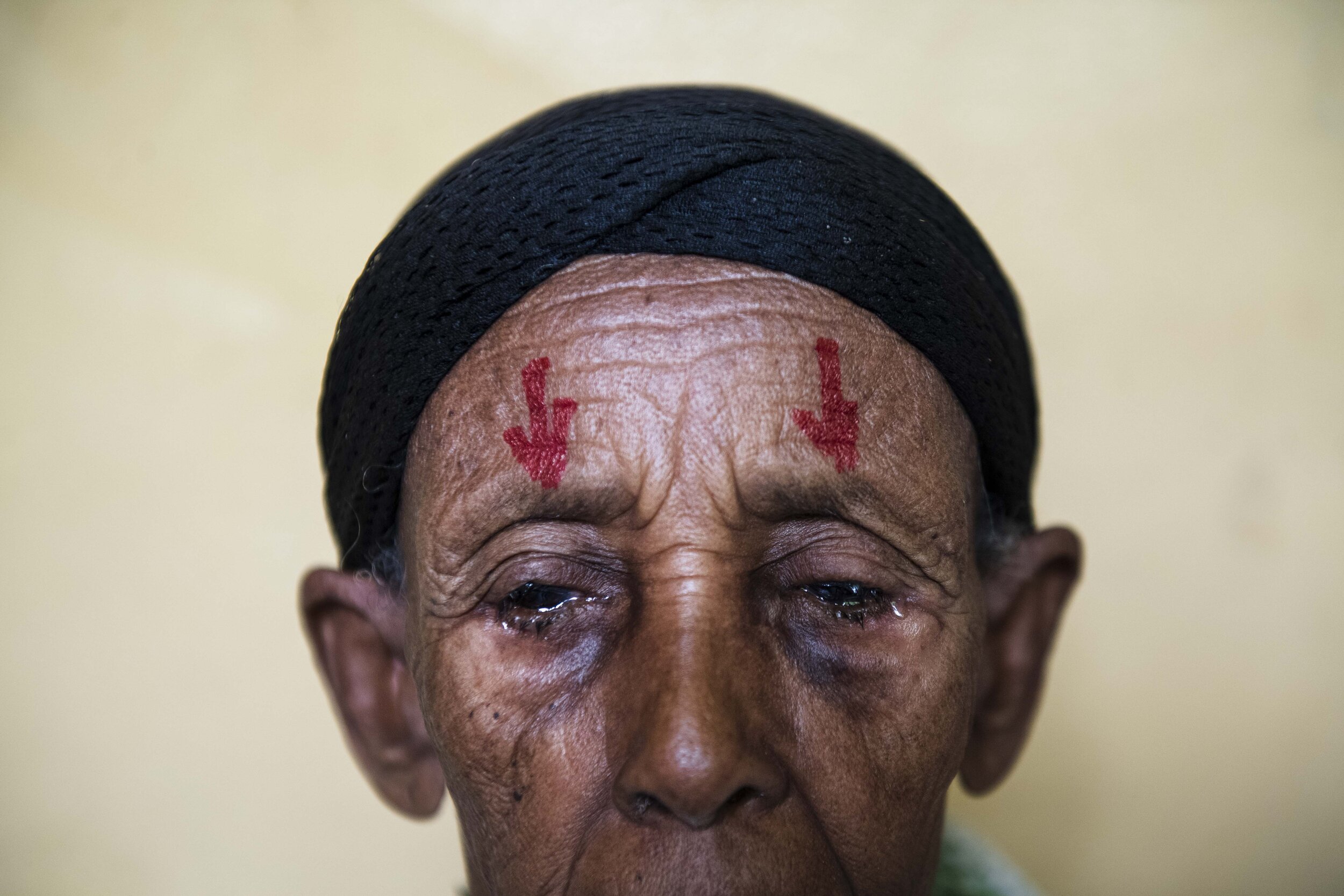
An elderly woman waits to be taken in for surgery. She suffered from the blinding form of Trachoma in both eyes.
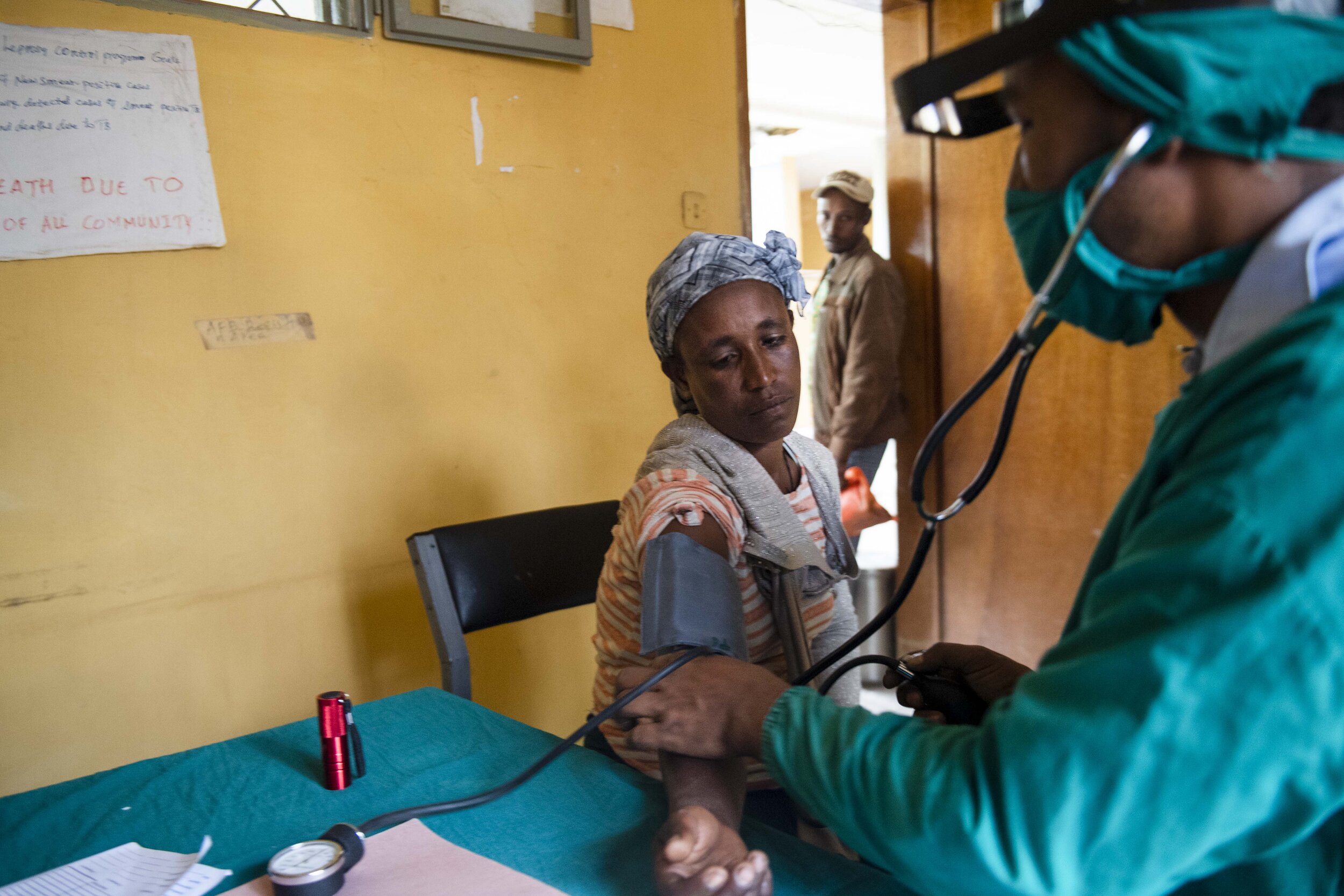
Asnaku receives a health check-up at the Dire Primary Health Care Unit prior to receiving corrective surgery for Trachomatous Trichiasis (TT).
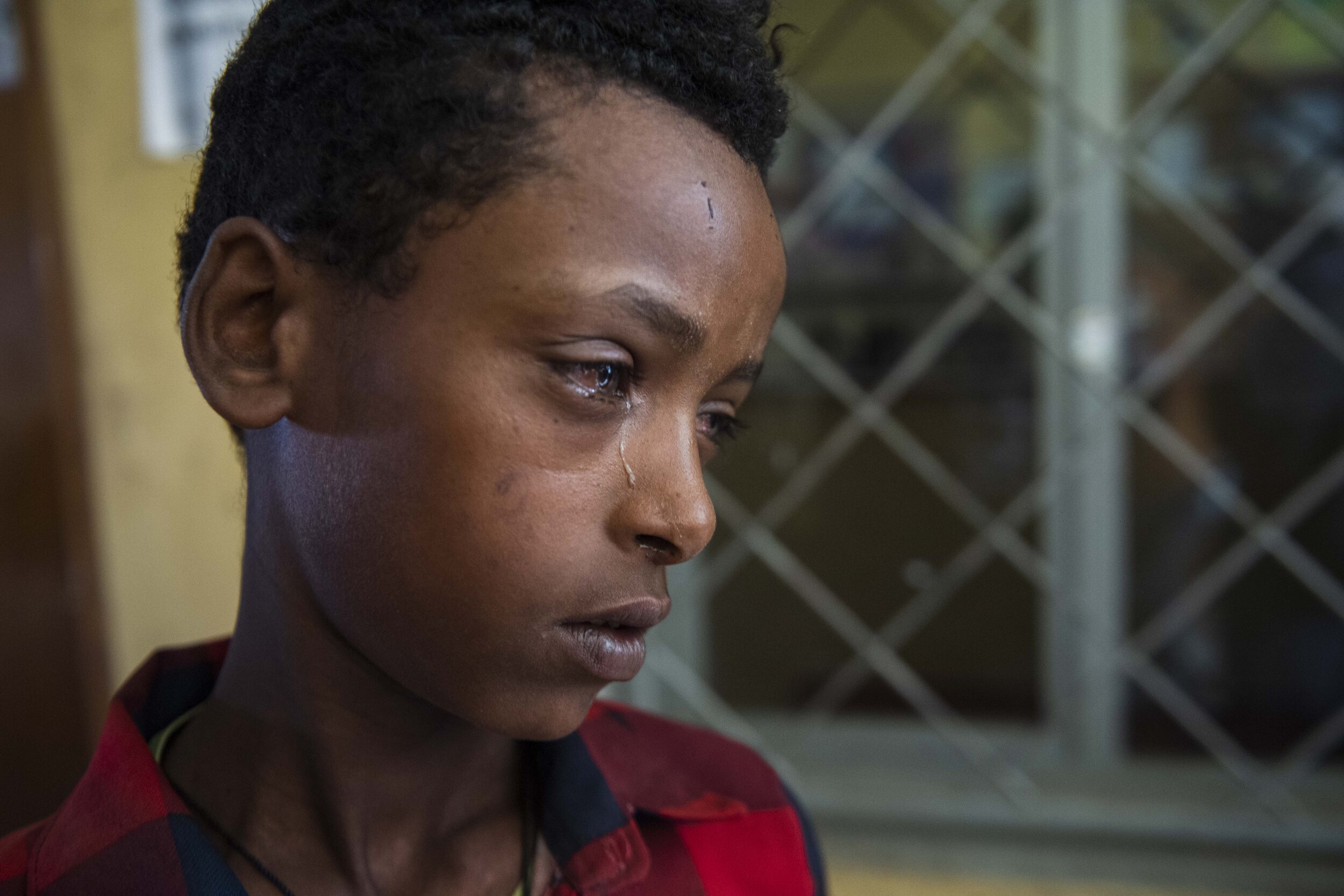
A young boy tears up after being Groups tested at the health center.
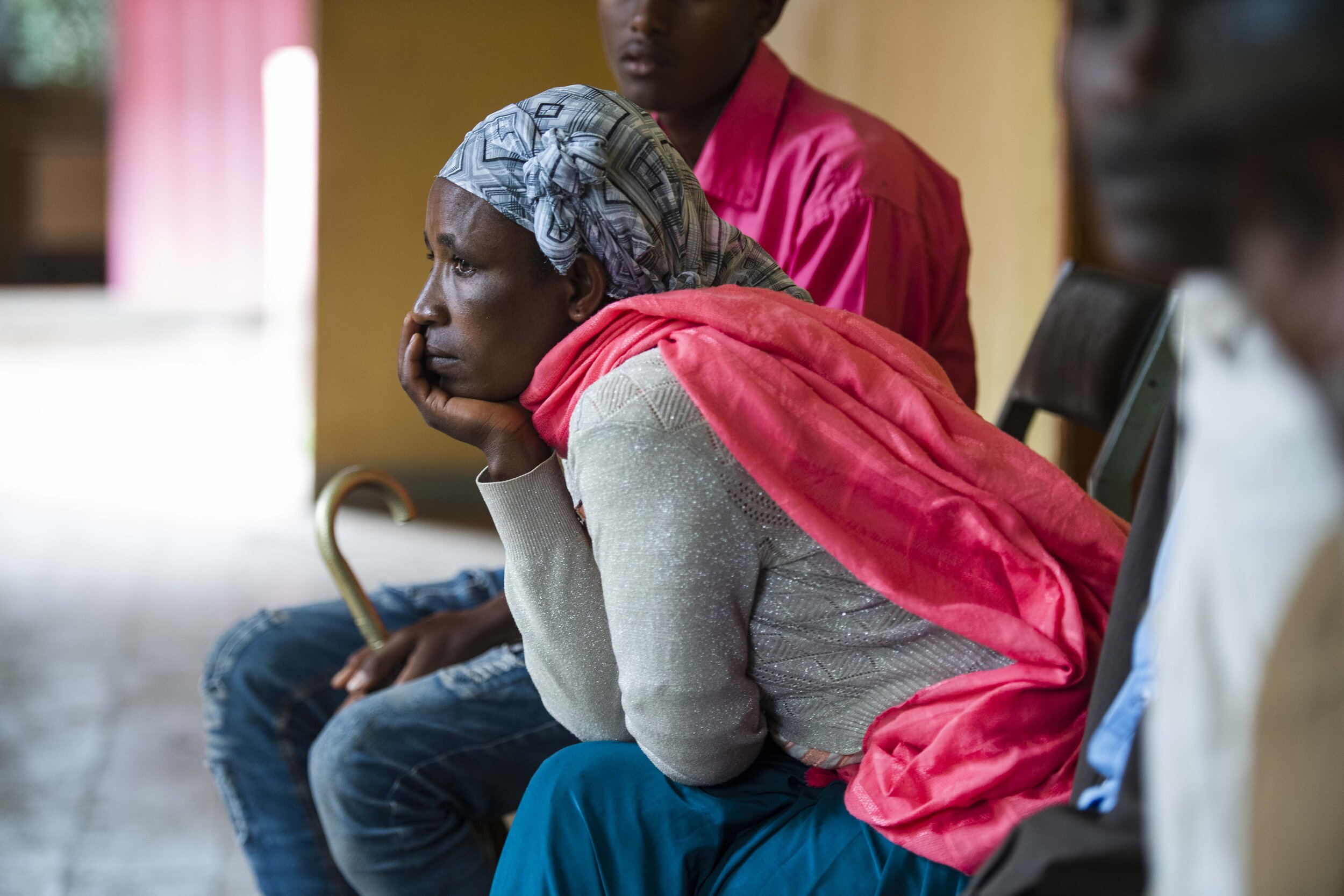
Asnaku waits to have corrective surgery at the Dire Primary Health Care Unit after testing positive for Trachomatous Trichiasis (TT) .

Groups wait to be tested at the health center.
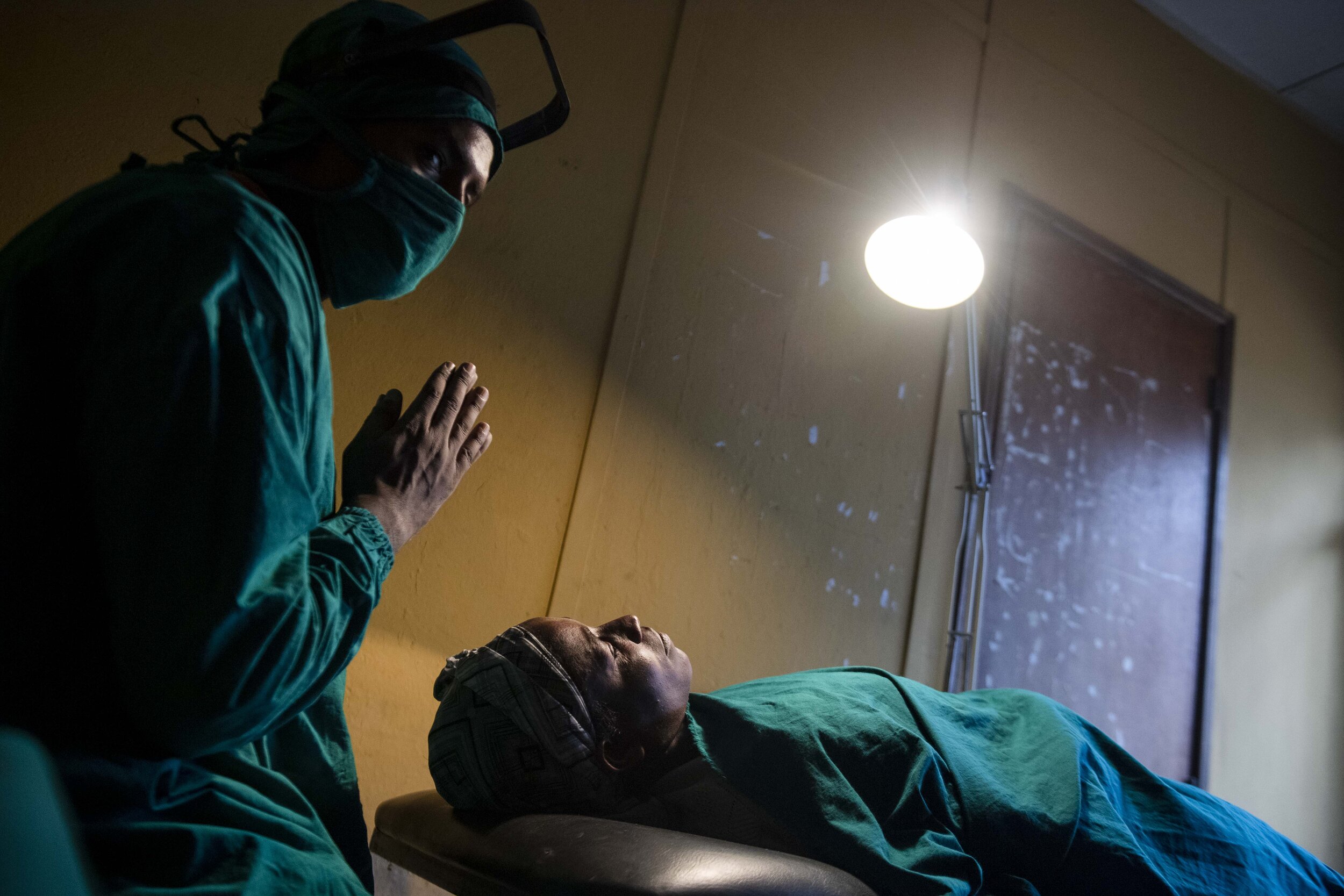
Asnaku receives corrective surgery after testing positive for Trachomatous Trichiasis (TT) the the health center. The surgery is funded by the Ethiopian Government.
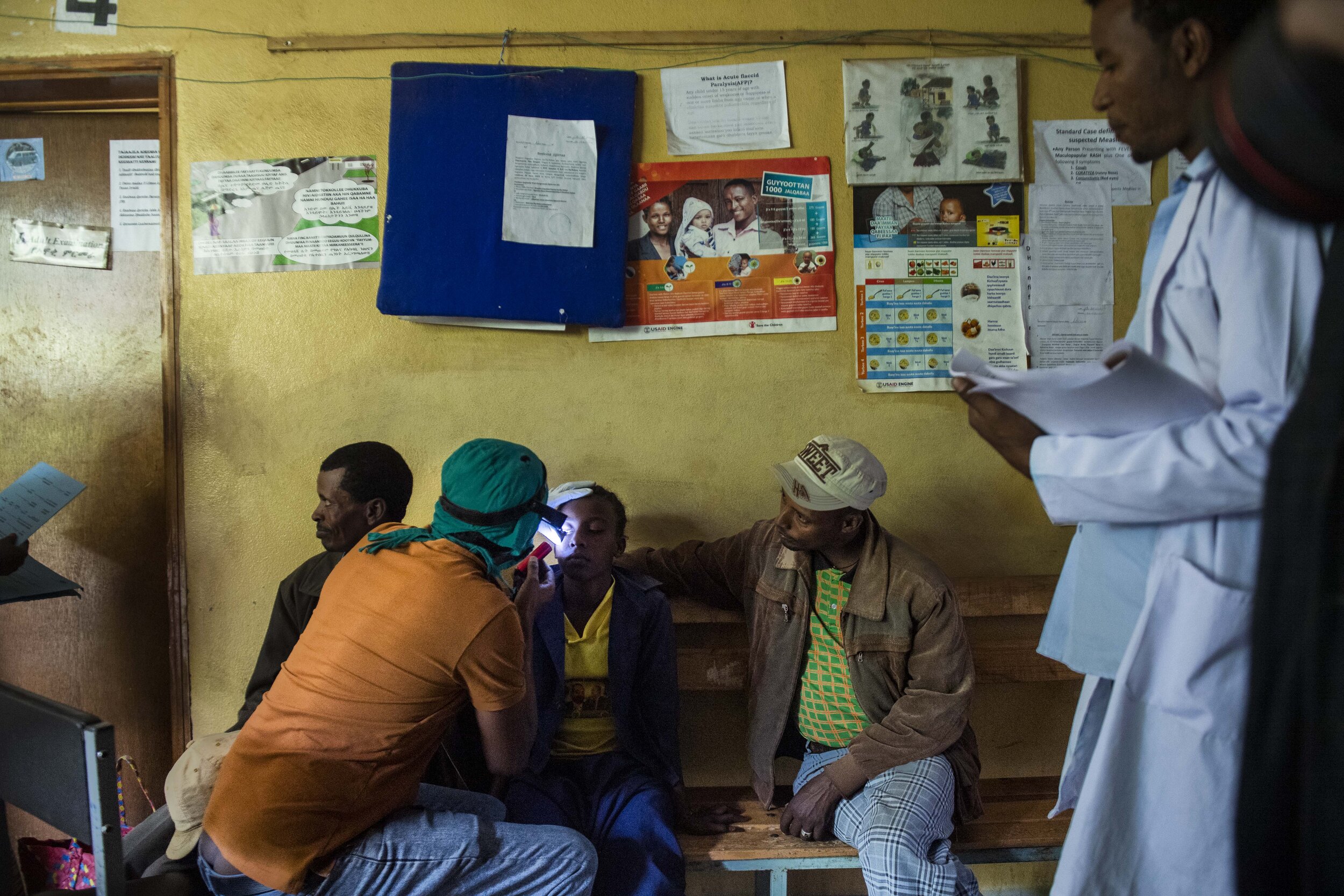
Asnaku’s oldest daughter is tested for Trachomatous Trichiasis (TT) during a free screening at the Dire Primary Health Care Center. Both her daughter and husband tested negative.
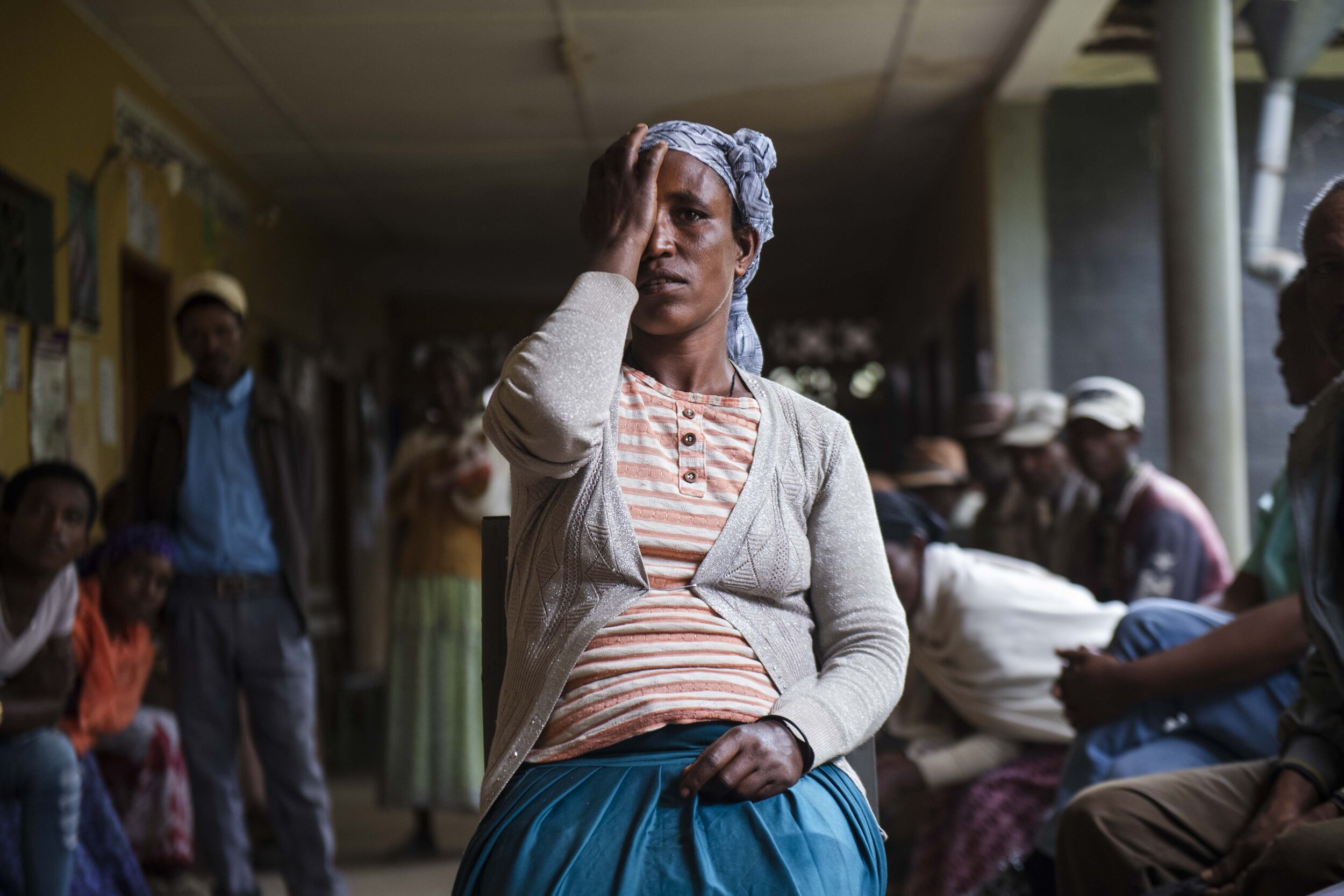
Asnaku is given an eye exam during the screening at the health care unit.
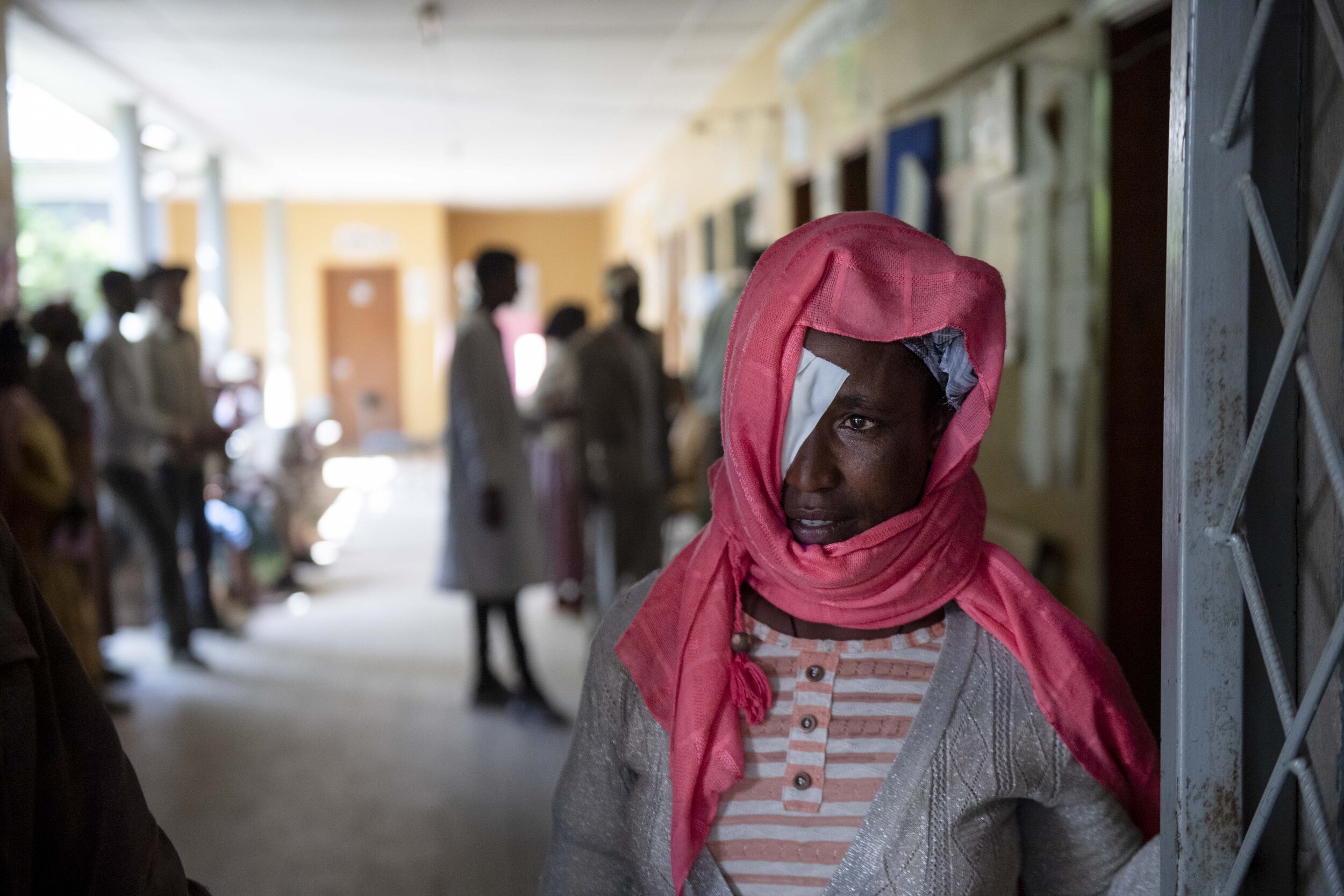
Asnaku is one of many patients whom tested positive for Trachomatous Trichiasis (TT) during the free screening. Patients whom opted for treatment were provided with counseling and corrective surgery. The surgery is funded by the Ethiopian Government.
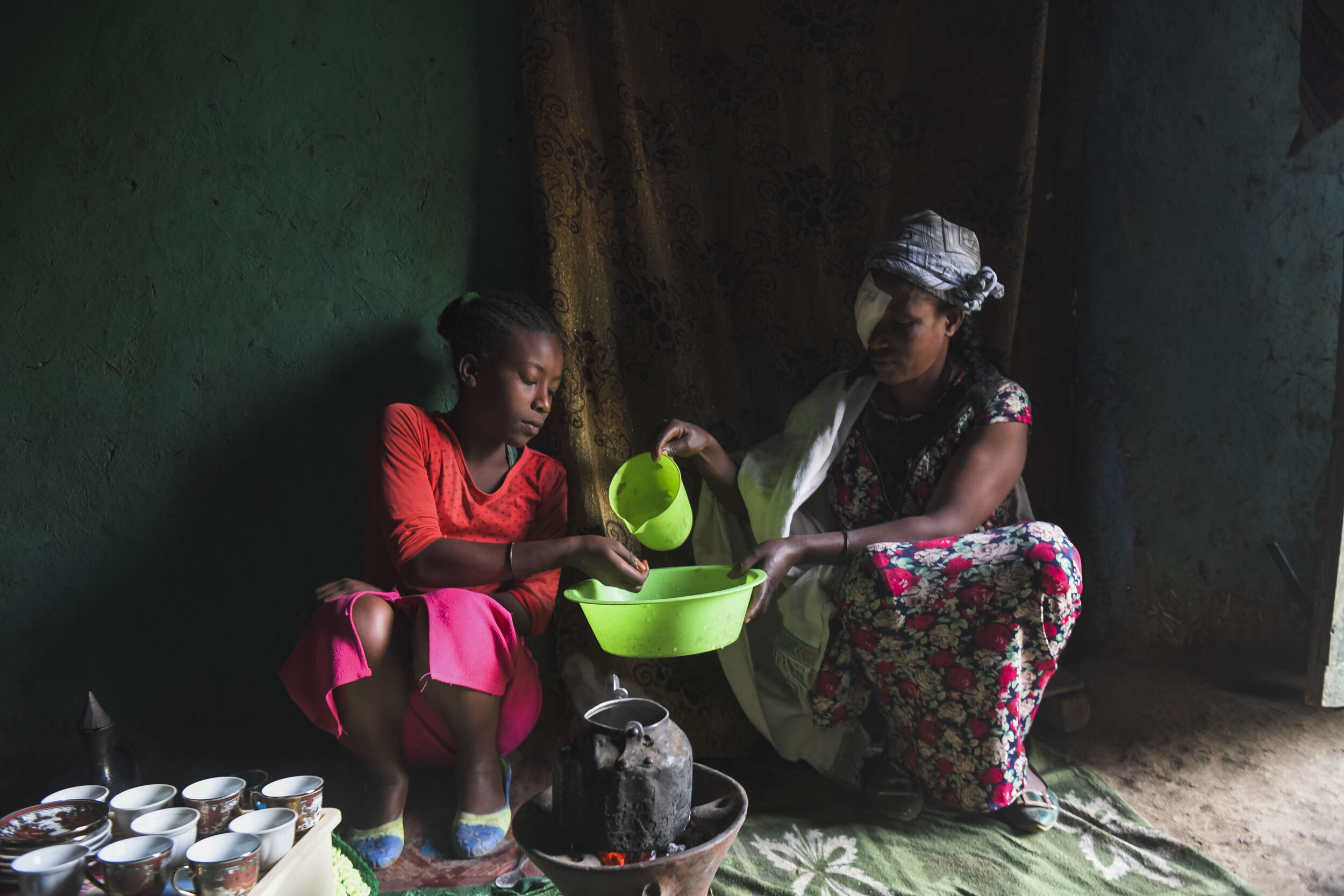
Asnaku Tufa washes dishes with her daughter while at home after having corrective surgery for Trachomatous Trichiasis (TT). During the testing Tufa was informed that TT is not a hereditary disease and that the precautions she has been taking at home to keep her home clean will help prevent her children from contracting the disease.
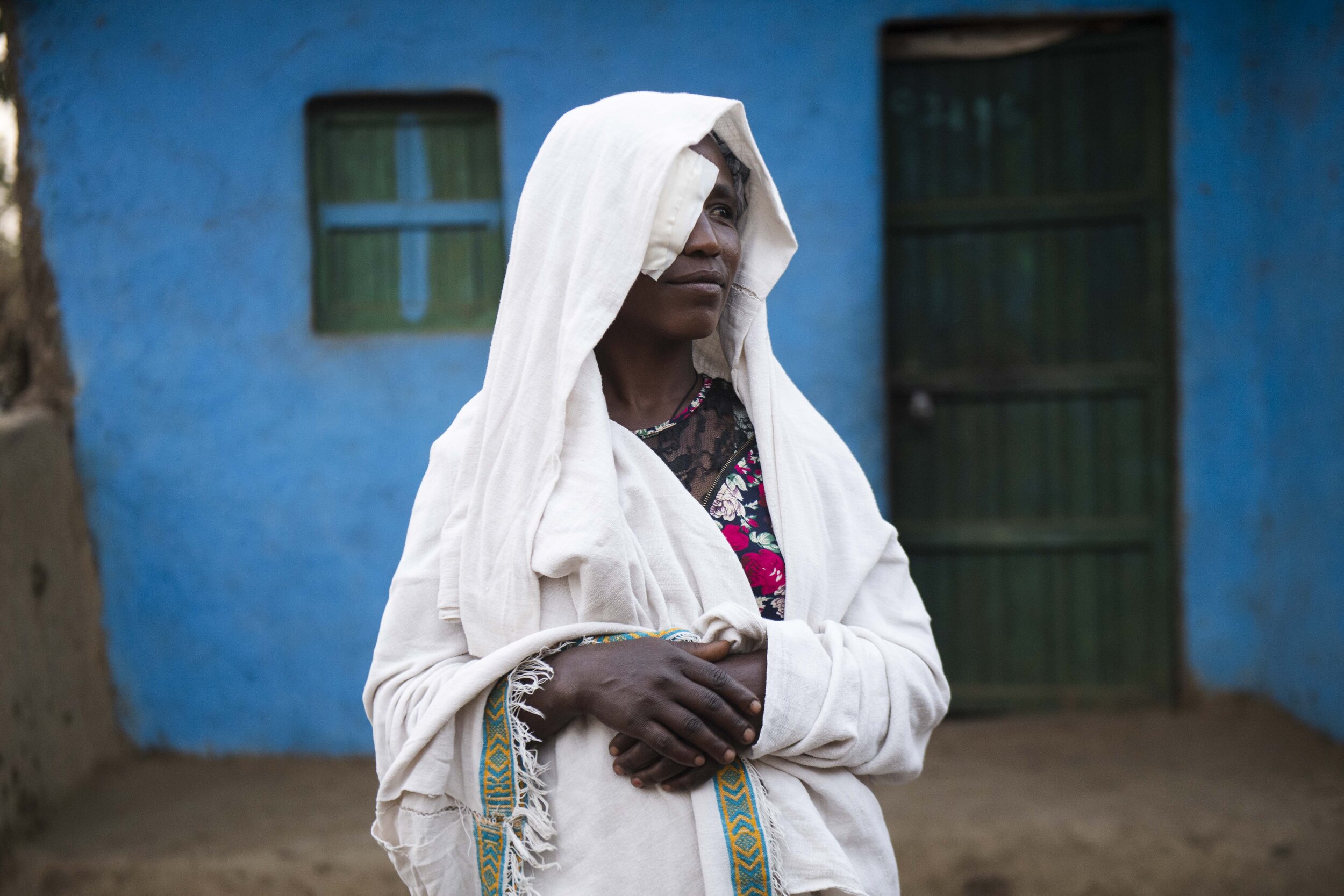
Asnaku stands outside her home after receiving corrective eye surgery for Trachomatous Trichiasis (TT)
